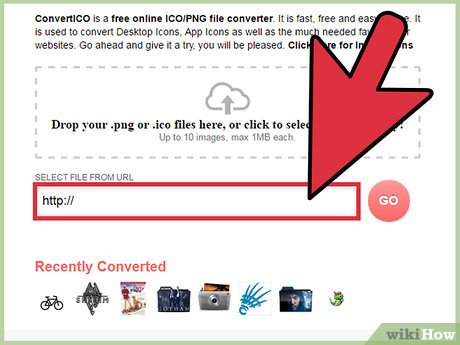

- #UNIX EXECUTABLE FILE CONVERTER FOR MAC HOW TO#
- #UNIX EXECUTABLE FILE CONVERTER FOR MAC MAC OS X#
- #UNIX EXECUTABLE FILE CONVERTER FOR MAC WINDOWS#
if you know what type of file each file is, you can just open it directly in the correct program or add the appropriate file extension.īoth Linux and Mac OS X often use file extensions, which help with compatibility.
#UNIX EXECUTABLE FILE CONVERTER FOR MAC WINDOWS#
If you wanted to change the default text editor on Linux, you’d change the text/plain MIME type association.īring files with no file extensions from Linux to Windows and you may not be able to access them. Here’s a list of common Windows file extensions and their equivalent MIME types:

So, when you open a file with no file extension, Linux and Mac OS X will look at the file’s MIME type to determine what type of file it is. Rather than relying on the file extension at the end of a file’s name, information about the file’s content - the file’s MIME type - is embedded into the beginning of the file itself. Other types of files will open in their default applications. If you have an image file without a file extension, you can double-click it and it will open directly in an image viewer. If you double-click such a text file, it will open in a text editor. In fact, if you make a text file on Linux, it will often have no file extension at all by default. When you open a file on Linux or Mac OS X, the operating system doesn’t just rely on the file extension.
#UNIX EXECUTABLE FILE CONVERTER FOR MAC HOW TO#
RELATED: How to Change Your Default Applications on Ubuntu: 4 Ways

Windows attempts to present this in a prettier interface, but you’re still just choosing which application should be associated with which file extension. To configure which applications open files, you have to associate them with different file extensions. RELATED: Beginner Geek: 7 Ways You Can Change Default Applications and File Associations in Windows You can have a file extension with a single character or even more than three characters. File extensions aren’t special - they’re just a few characters after a period in the file name. The “file type” is stored in the file name itself. Windows has no idea what type of file this is, but it will open properly if you open it using a text editor. Attackers can abuse this behavior - and other exploits - to disguise files with fake file extensions.ĭouble-click the file afterward and Windows will display a list of programs you can use to open files. This is why Windows hides file extensions by default, so people won’t accidentally delete these file extensions. This is why Windows warns you when removing the file extension, saying “If you change a file name extension, the file may become unusable.” It won’t become unusable forever - you can make it “usable” again by readding the original file extension. file extension - renaming the file to “Example” with no file extension - and Windows won’t know what to do with the resulting file. Windows knows it’s a text file because of the. For example, you might have a text file named Example.txt. Windows ignores MIME types, relying only on file extensions. RELATED: How Hackers Can Disguise Malicious Programs With Fake File Extensions Try to run it as a program and it won’t run. Open it in a text editor and you’ll see gibberish. For example, a PNG image needs to be opened with an image viewer that supports PNG files. A “file type” is simply information associated with a file that tells the operating system and programs how to interpret these 1’s and 0’s. The file system associated a file like “Document.pdf” with a chunk of these 1’s and 0’s.


 0 kommentar(er)
0 kommentar(er)
